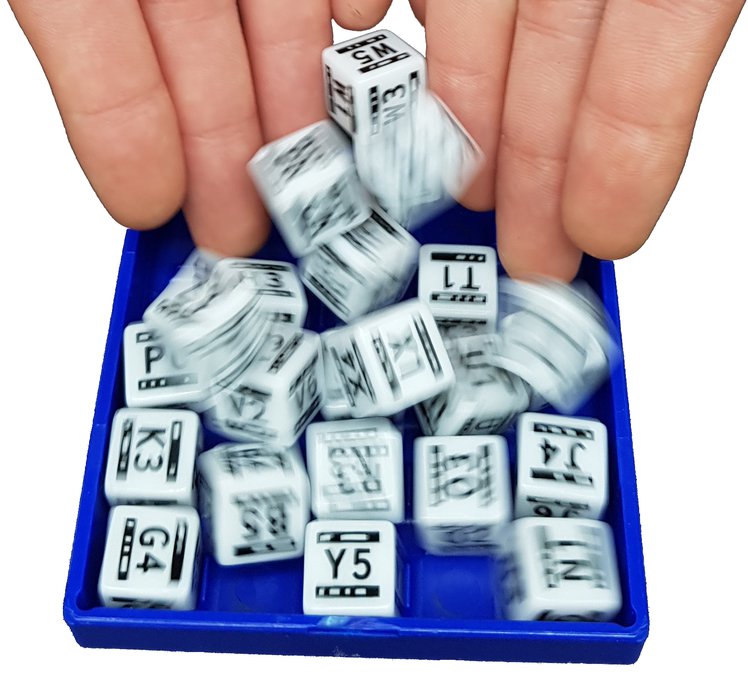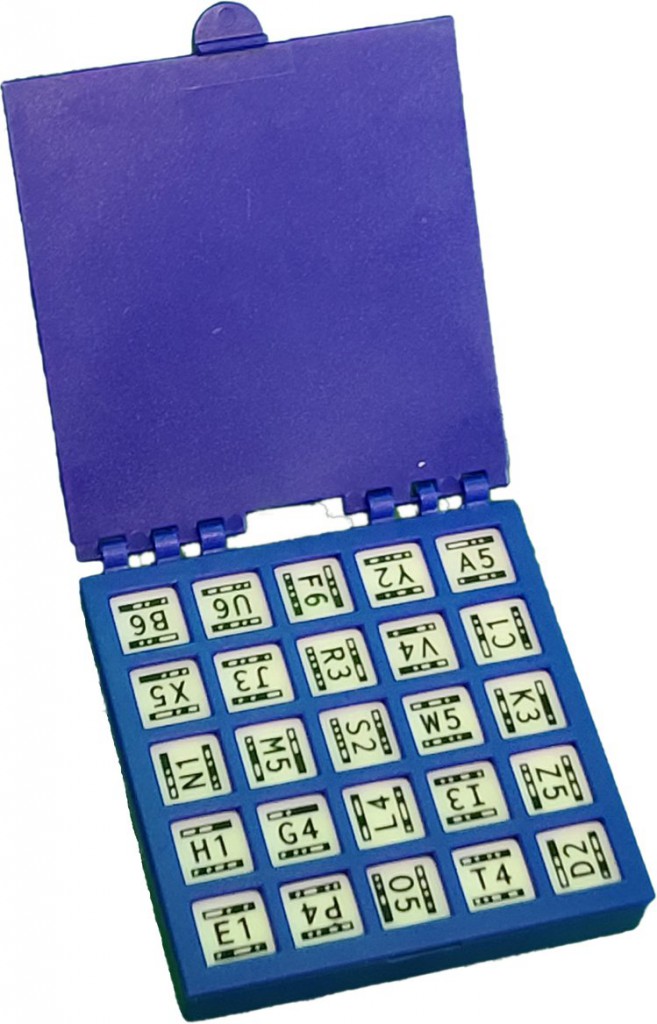The National Institute of Standards and Technology recently released NIST Special Publication 800-63B: Digital Identity Guidelines, which includes updated guidance on password requirements (which NIST refers to as “memorized secret verifiers”).
The highlights include: a) not requiring users to choose new passwords based on arbitrary time limits; b) disallowing passwords that have appeared in known breaches; and c) ditching most of the silly password composition requirements (one popular service I use, for example, won’t allow you to end a password with a number).
NIST also recommends allowing users to create passwords up to 64 characters long. It would be nice to see that recommendation be widely adopted. Personally, I’m tired of banks and credit card companies that limit me to arbitrarily small passwords of 16 to 20 characters depending on the institution.
5.1.1.2 Memorized Secret Verifiers
Verifiers SHALL require subscriber-chosen memorized secrets to be at least 8 characters in length. Verifiers SHOULD permit subscriber-chosen memorized secrets at least 64 characters in length. All printing ASCII [RFC 20] characters as well as the space character SHOULD be acceptable in memorized secrets. Unicode [ISO/ISC 10646] characters SHOULD be accepted as well. To make allowances for likely mistyping, verifiers MAY replace multiple consecutive space characters with a single space character prior to verification, provided that the result is at least 8 characters in length. Truncation of the secret SHALL NOT be performed. For purposes of the above length requirements, each Unicode code point SHALL be counted as a single character.
If Unicode characters are accepted in memorized secrets, the verifier SHOULD apply the Normalization Process for Stabilized Strings using either the NFKC or NFKD normalization defined in Section 12.1 of Unicode Standard Annex 15 [UAX 15]. This process is applied before hashing the byte string representing the memorized secret. Subscribers choosing memorized secrets containing Unicode characters SHOULD be advised that some characters may be represented differently by some endpoints, which can affect their ability to authenticate successfully.
Memorized secrets that are randomly chosen by the CSP (e.g., at enrollment) or by the verifier (e.g., when a user requests a new PIN) SHALL be at least 6 characters in length and SHALL be generated using an approved random bit generator [SP 800-90Ar1].
Memorized secret verifiers SHALL NOT permit the subscriber to store a “hint” that is accessible to an unauthenticated claimant. Verifiers SHALL NOT prompt subscribers to use specific types of information (e.g., “What was the name of your first pet?”) when choosing memorized secrets.
When processing requests to establish and change memorized secrets, verifiers SHALL compare the prospective secrets against a list that contains values known to be commonly-used, expected, or compromised. For example, the list MAY include, but is not limited to:
Passwords obtained from previous breach corpuses.
Dictionary words.
Repetitive or sequential characters (e.g. ‘aaaaaa’, ‘1234abcd’).
Context-specific words, such as the name of the service, the username, and derivatives thereof.
If the chosen secret is found in the list, the CSP or verifier SHALL advise the subscriber that they need to select a different secret, SHALL provide the reason for rejection, and SHALL require the subscriber to choose a different value.
Verifiers SHOULD offer guidance to the subscriber, such as a password-strength meter [Meters], to assist the user in choosing a strong memorized secret. This is particularly important following the rejection of a memorized secret on the above list as it discourages trivial modification of listed (and likely very weak) memorized secrets [Blacklists].
Verifiers SHALL implement a rate-limiting mechanism that effectively limits the number of failed authentication attempts that can be made on the subscriber’s account as described in Section 5.2.2.
Verifiers SHOULD NOT impose other composition rules (e.g., requiring mixtures of different character types or prohibiting consecutively repeated characters) for memorized secrets. Verifiers SHOULD NOT require memorized secrets to be changed arbitrarily (e.g., periodically). However, verifiers SHALL force a change if there is evidence of compromise of the authenticator.
Verifiers SHOULD permit claimants to use “paste” functionality when entering a memorized secret. This facilitates the use of password managers, which are widely used and in many cases increase the likelihood that users will choose stronger memorized secrets.
In order to assist the claimant in successfully entering a memorized secret, the verifier SHOULD offer an option to display the secret — rather than a series of dots or asterisks — until it is entered. This allows the claimant to verify their entry if they are in a location where their screen is unlikely to be observed. The verifier MAY also permit the user’s device to display individual entered characters for a short time after each character is typed to verify correct entry. This is particularly applicable on mobile devices.
The verifier SHALL use approved encryption and an authenticated protected channel when requesting memorized secrets in order to provide resistance to eavesdropping and MitM attacks.
Verifiers SHALL store memorized secrets in a form that is resistant to offline attacks. Memorized secrets SHALL be salted and hashed using a suitable one-way key derivation function. Key derivation functions take a password, a salt, and a cost factor as inputs then generate a password hash. Their purpose is to make each password guessing trial by an attacker who has obtained a password hash file expensive and therefore the cost of a guessing attack high or prohibitive. Examples of suitable key derivation functions include Password-based Key Derivation Function 2 (PBKDF2) [SP 800-132] and Balloon [BALLOON]. A memory-hard function SHOULD be used because it increases the cost of an attack. The key derivation function SHALL use an approved one-way function such as Keyed Hash Message Authentication Code (HMAC) [FIPS 198-1], any approved hash function in SP 800-107, Secure Hash Algorithm 3 (SHA-3) [FIPS 202], CMAC [SP 800-38B] or Keccak Message Authentication Code (KMAC), Customizable SHAKE (cSHAKE), or ParallelHash [SP 800-185]. The chosen output length of the key derivation function SHOULD be the same as the length of the underlying one-way function output.
The salt SHALL be at least 32 bits in length and be chosen arbitrarily so as to minimize salt value collisions among stored hashes. Both the salt value and the resulting hash SHALL be stored for each subscriber using a memorized secret authenticator.
For PBKDF2, the cost factor is an iteration count: the more times the PBKDF2 function is iterated, the longer it takes to compute the password hash. Therefore, the iteration count SHOULD be as large as verification server performance will allow, typically at least 10,000 iterations.
In addition, verifiers SHOULD perform an additional iteration of a key derivation function using a salt value that is secret and known only to the verifier. This salt value, if used, SHALL be generated by an approved random bit generator [SP 800-90Ar1] and provide at least the minimum security strength specified in the latest revision of SP 800-131A (112 bits as of the date of this publication). The secret salt value SHALL be stored separately from the hashed memorized secrets (e.g., in a specialized device like a hardware security module). With this additional iteration, brute-force attacks on the hashed memorized secrets are impractical as long as the secret salt value remains secret.

